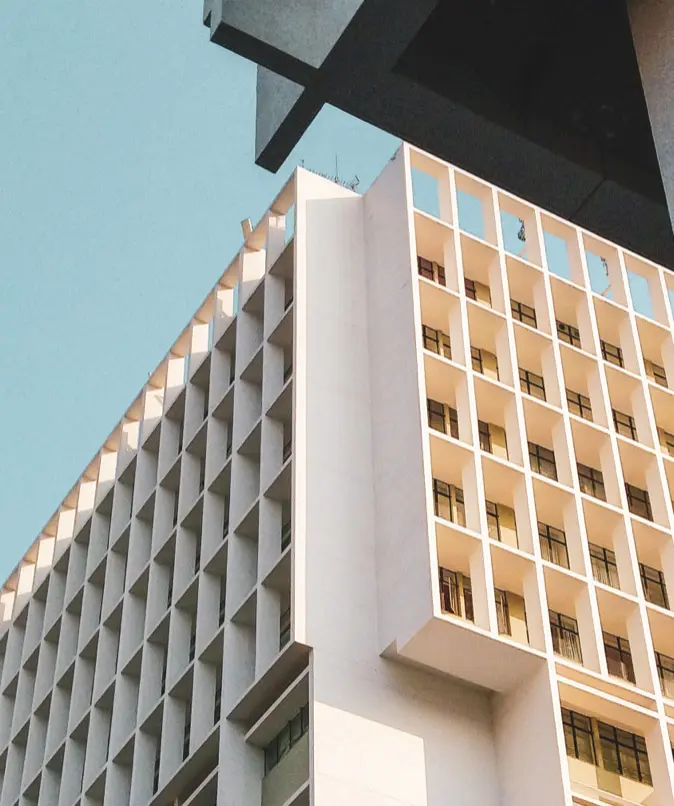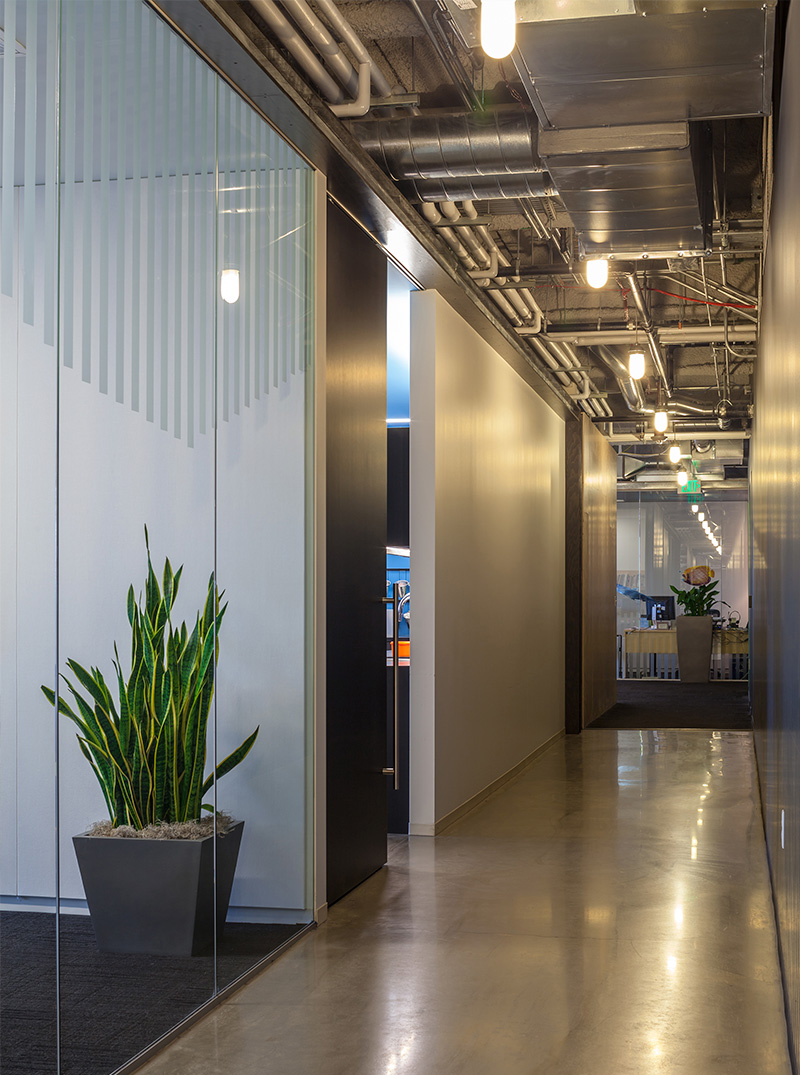When it comes to creating safe and secure environments, lighting plays a crucial role. But it’s not just about brightening up dark corners and pathways. Lighting design goes beyond aesthetics, as it has a direct impact on crime prevention. In this article, we’ll delve into the world of Crime Prevention Through Environmental Design (CPTED) and explore the importance of lighting in enhancing safety and security. We’ll discuss various lighting techniques and their effectiveness in deterring crime. So, let’s scrutinize the relationship between lighting and CPTED:
Table of Contents
- Understanding CPTED
- The Power of Lighting
1. Illuminating Dark Areas
2. Creating Natural Surveillance
3. Enhancing Perception of Safety - Strategies for Effective Lighting
1. Adequate Illumination
2. Lighting Placement
3. Lighting Quality - Smart Lighting Solutions
Understanding CPTED
Before reviewing the specifics of lighting design, let’s take a moment to understand what Crime Prevention Through Environmental Design (CPTED) is all about. CPTED is a design and management approach that focuses on organizing components of the physical environment to discourage criminal activity. By manipulating the built environment, CPTED aims to create spaces that are less susceptible to crime. Now, let’s explore how lighting fits into this equation.
The Power of Lighting
1. Illuminating Dark Areas
Picture this: you’re strolling through a dimly lit alley. What thoughts cross your mind? Fear, uncertainty, and vulnerability, perhaps? Dark areas provide a breeding ground for criminal activities. However, by strategically illuminating these spaces, we can significantly reduce the opportunity for criminal behavior. Adequate lighting leaves fewer places for potential wrongdoers to hide, making it less attractive for illicit activities.
2. Creating Natural Surveillance
Have you ever noticed how well-lit public spaces make you feel safer? That’s not a coincidence. Lighting design can facilitate natural surveillance, where people can observe and monitor their surroundings effortlessly. Well-placed lights can enable passersby to see potential threats, encouraging them to act as additional eyes and ears for law enforcement. This increased visibility serves as a deterrent to criminal behavior, as perpetrators are less likely to engage in illegal activities when they know they’re being watched.
3. Enhancing Perception of Safety
Lighting doesn’t only impact actual safety; it also influences people’s perception of safety. Imagine walking down a poorly lit street with flickering bulbs and broken fixtures. Would you feel secure? Probably not. On the other hand, well-designed lighting that is uniform, consistent, and reliable creates a sense of comfort and security. When individuals perceive an area as safe, they are more likely to use it without fear, effectively reducing the opportunity for criminal incidents to happen.
Strategies for Effective Lighting
Now that we understand the significance of lighting in CPTED, let’s explore some strategies for effective lighting design that enhance safety and security:
1. Adequate Illumination
One of the fundamental aspects of effective lighting design is ensuring adequate illumination. Insufficient lighting leaves room for shadows and dark spots, which can be exploited by criminals. By providing a well-lit environment, we eliminate these hiding spots and create a more secure atmosphere by creating longer view corridors and extending reaction time. It’s essential to strike a balance, avoiding overly bright lighting that causes discomfort while still ensuring visibility and improving clarity.
2. Lighting Placement
The placement of lighting fixtures is crucial in maximizing their effectiveness. Identifying key areas that require illumination is the first step. Entrances, walkways, parking lots, and other high-traffic areas should be well-lit to deter criminal activity. Additionally, focusing on lighting areas that might be prone to potential hiding spots, such as shrubs or alleys, can help minimize the risk of criminal incidents.
3. Lighting Quality
The quality of lighting fixtures is another important consideration. Opting for high-quality, durable fixtures ensures longevity and reliable performance. LED lighting, for instance, is an energy-efficient and long-lasting option that provides excellent illumination. It provides exceedingly good control over the artistic rendering (warmth/ coolness/ intensity) of the target we are trying to highlight in just the right lighting intensity and direction. Additionally, using fixtures with motion sensors or timers can help conserve energy while maintaining security.
Smart Lighting Solutions
In today’s technological age, smart lighting solutions offer an innovative approach to lighting design in the realm of CPTED. These systems integrate advanced sensors, automation, and remote control capabilities to enhance safety and security. Smart lighting can adapt to changing conditions, adjusting brightness levels based on ambient light or occupancy. With the ability to schedule and customize lighting patterns, these systems provide an added layer of flexibility and control in crime prevention efforts.
Conclusion
Lighting design plays a pivotal role in Crime Prevention Through Environmental Design (CPTED). By strategically illuminating spaces, we can create safer environments that deter criminal activity. Proper lighting not only improves visibility but also fosters Natural Surveillance and enhances the perception of safety. Through adequate illumination, thoughtful placement, and quality fixtures, we can maximize the effectiveness of lighting in crime prevention. Embracing smart lighting solutions further empowers us to adapt and optimize lighting design for evolving security needs. Remember, lighting isn’t just about brightness and hue; it’s about shaping the environment to promote safety and security.
FAQs
Q: Does the color of lighting impact its effectiveness in crime prevention?
A: While color temperature can influence the mood and ambiance of a space, there is limited evidence to suggest that specific colors directly impact crime prevention. The focus should be on adequate illumination and strategic placement rather than color alone.
Q: Can lighting alone prevent all types of criminal activities?
A: Lighting is an important component of CPTED, but it should be implemented in conjunction with other design strategies and security measures. A holistic approach that addresses various environmental factors and encourages community engagement is essential for comprehensive crime prevention.
Q: Are solar-powered lights a viable option for CPTED lighting design?
A: Solar-powered lights can be a cost-effective option for outdoor lighting in certain climate scenarios. However, their effectiveness depends on factors such as the availability of sunlight, exposure/location, and lighting requirements. It’s crucial to assess these factors and consider backup power options to ensure consistent illumination.





